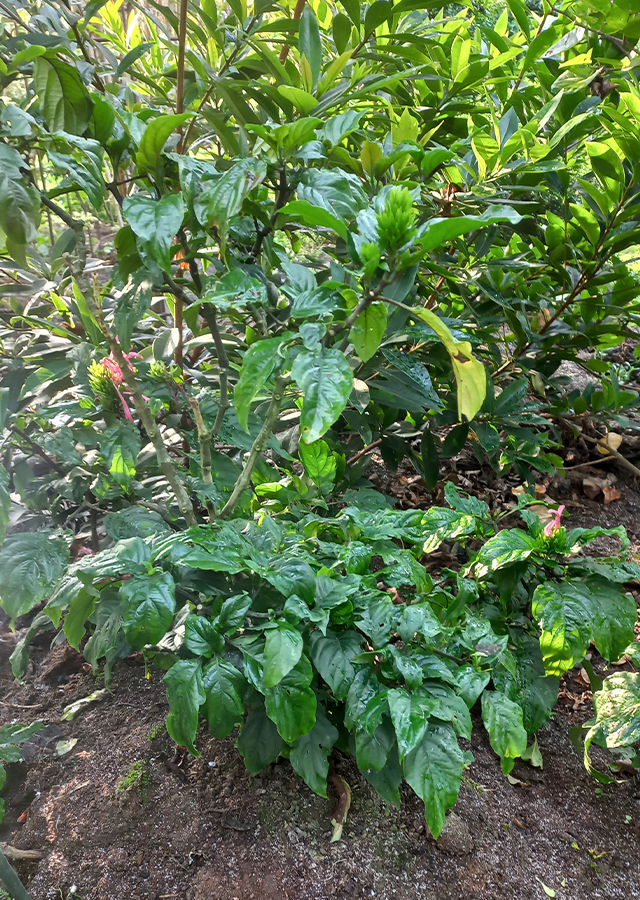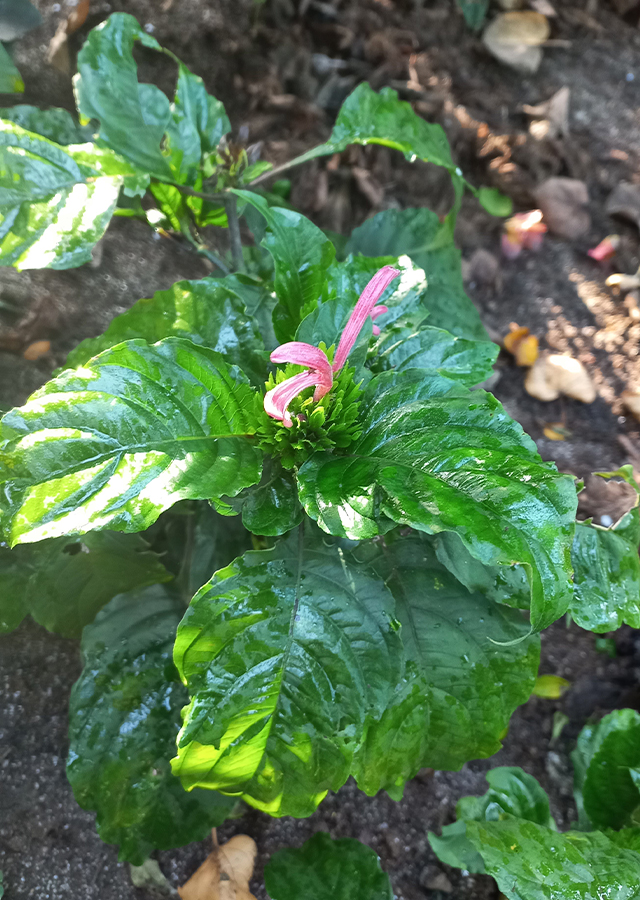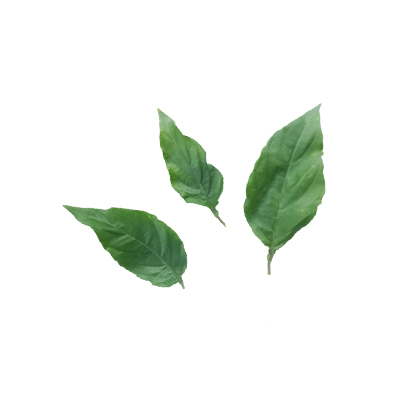Brazilian Plume Flower
Justicia carnea Lindl.
Acanthaceae
Location in our garden
Principal



Synonym
Jacobinia carnea (Lindl.) G.Nicholson
Amphiscopia pohliana Nees
Cyrtanthera carnea (Lindl.) Bremek.
Habitus
Shrubs. A fast growing, evergreen perennial shrub that grows 1.5-2 m tall.
Part Used
Leaves
Roots
Growing Requirements
Need Shade
Habitat
Terrestrial
Overview
Justicia carnea is native to Brazil, Argentina, and Paraguay. The genus name is honoured to the Scottish botanist James Justice (1698-1763), the name of the species comes from the Latin "caro, carnis" that means 'meat', with reference with the colour of the flowers. The leaves extract contains a rich supply of iron, riboflavin, vitamins A, C, E, B1, B2, B9, and B12. Vitamin B aids in the formation of red blood cells and helps to build tissues. Extracts of the J. carnea have been reported to have been used in various traditional medicines in treating various diseases.
Vernacular Names
Jacobinia de flor rosada (Spanish), Fleischrote Justicia (German), Justicias cor-de-rosa (Portuguese), Ogwu obara (Nigeria), Abeduro (Ghana).
Agroecology
Justicia carnea can be found growing at the altitude of 1,950 - 2,100 m. This plant of great landscaping interest for the tropical and subtropical climate, prefers sub-acid or neutral soils, well drained, rich of organic substance and regular watering.
Morphology
- Root - brown taproot.
- Stem - erect and ramified.
- Leaves - lance-shaped dark green, long up to 20 cm, and 5 cm broad, with evident veins. single, opposite, flat margin, pubescent abaxial.
- Flower - terminal inflorescences, great, showy, formed by many tubular pink flowers, in various tones, about 6 cm long, with bilobed corolla. The upper petal is erect and bent on the apex over the anthers, the lower one is bent almost at a right angle with a curved hooked extremity.
- Seed - round, tiny and off white in colour.
Cultivation
- Vegetatively propagated by stem cutting.
- Select a healthy shoot from the top part of the plant, about 20-30 cm long, and cut it off at the base with sharp scissors or pruning shears.
- Before cutting, disinfect the pruning shears in 1 part bleach and 9 parts water, soaking for 5 minutes, then rinse and air dry.
- Remove the leaves from the bottom of the stem, leaving only the top two, and dip it in rooting hormone powder to encourage root formation.
- Plant the cut end about 5-6 cm deep in a container filled with potting mix. Water it well to keep the soil moist, but not soaking wet, and keep the cuttings in an area with indirect sunlight.
Chemical Constituents
Flavonoids, tannins, saponins, alkaloids, phenols, terpenoids.
Traditional Medicinal Uses
- In Nigeria, it is used in the treatment and management of various diseases which include inflammation, cancer, malaria, sickle cell disease, gastrointestinal infections, anaemia, HIV, diabetes, diarrhea, typhoid, liver diseases, hepatitis, and cough.
- In Ghana, it is used for anaemia.
- Study showed anti-anemic, anti-cancer, anti-diabetic, and antioxidant properties.
Part Used
Reference Sources
- Anarado, C., et al. (2021). The Phytochemistry, Ethnomedicinal and Pharmacology Uses of Justicia carnea Lindl Used in Traditional medicine in Nigeria- A Review. South Asian Research Journal of Natural Products, 4(4): 85-93.
- Hearst. (2021). How do I Propagate the Jacobinia Tropical Plant?. https://homeguides.sfgate.com/propagate-jacobinia-tropical-plant-97508.html. 14-01-2022.
- Kew Royal Botanic Gardens. (2021). Plants of the World Online: Justicia carnea Lindl. https://powo.science.kew.org/taxon/urn:lsid:ipni.org:names:132826-2. 14-01-2022.
- Modern Ghana. (2022). Justicia Carnea; Blood-Boosting Green Plant That Turns Hot Water Red!. https://www.modernghana.com/news/996826/justicia-carnea-blood-boosting-green-plant-that.html. 14-01-2022.
- Monaco Nature Encyclopedia. (No date). Jucticia carnea. https://www.monaconatureencyclopedia.com/justicia-carnea/?lang=en. 14-01-2022.


